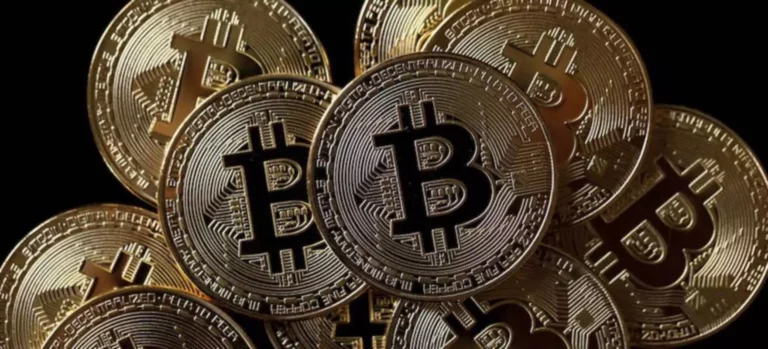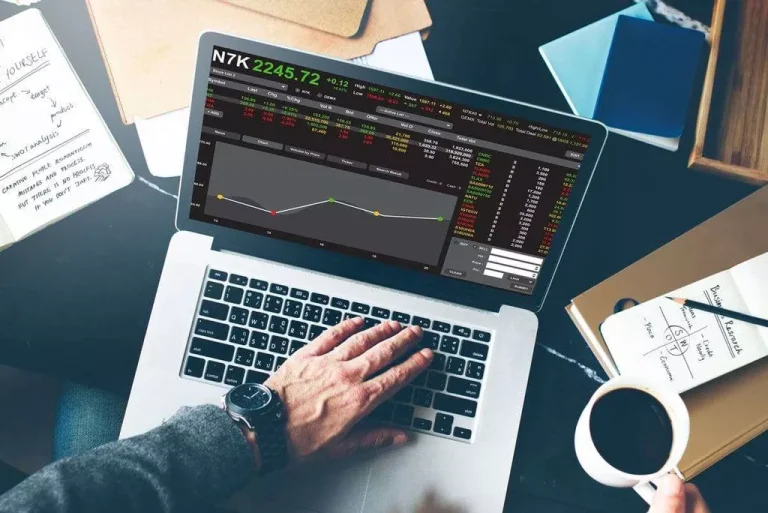Content
Floor trading is still an essential component of both the price discovery process and the provision of liquidity although ETS is responsible for the vast majority Fintech of deals on the NYSE. Below are the five stock markets that use electronic trading and their origin. Electronic systems have made investing in stocks much easier than before.

Lead Market Maker (LMM) Matching Algorithm
- A depth chart is a graphical representation of the quantity of buy and sell orders at certain prices.
- B) Principle of time priority — Among orders at the same price , order accepted earliest by the exchange takes precedence.
- In this case the orders at 500 take precedence due to price priority.
- Similar to getting in line at the grocery store, the orders that arrive first are prioritized.
- If there are multiple orders of the same size, the order with the best price is given priority.
In the world of electronic financial markets, trades are executed by matching buy and sell orders. The mechanism behind this is known as a matching engine, which utilizes various algorithms to ensure that orders are fulfilled efficiently and in accordance with market regulations. Let’s dive into the details of matching algorithms, how they https://www.xcritical.com/ work, and the specific ways they influence trading. It is the heart of any electronic trading platform, ensuring that all trades are executed at the best possible prices and in a timely fashion. The function of this program is to simulate trading activity and order matching processed by electronic exchanges of financial instruments. The software used for this purpose is referred to as an order matching engine.
Which are the order matching algorithms most commonly used by electronic financial exchanges?
Consequently, matching engines are designed to operate with minimal latency. Now that you understand the intricacies of the order matching system, it’s time to put that knowledge into action. Join over 170,000 traders across 170 countries who have chosen TIOmarkets for their trading needs. Experience our top-rated forex broker services and trade over 300 instruments across 5 markets, including Forex, indices, stocks, commodities, and futures, all with low fees. Enhance your crypto exchange engine trading skills with our comprehensive educational resources and step-by-step guides.
The Evolution of Trading Systems: Matching Engines vs. Conventional Methods
Matching engine algorithms follow different execution models by prioritising first trade proposals or those with more significant volumes. Pro Rata Allocation matches orders based on price, TOP orders, and size. The FIFO with LMM algorithm is an enhanced FIFO algorithm that allows for LMM allocations prior to the FIFO allocations. Additionally, this algorithm incorporates a priority (top order) to the first incoming order that betters the market. If priority is established, the aggressor orders are first allocated to the top order until the order’s quantity is exhausted. For the sake simplicity we will make the following assumptions for the design of our order matching engine .
Under this system, orders at the best price (highest bid or lowest offer) get first priority. The order that was entered first based on the timestamp gets matched first, following a first in, first out rule if multiple orders exist at the same price level. A Matching Engine is an electronic system that matches buy and sell orders for various markets — stock market, commodity market, and financial exchanges.
In turn, most such limit order books are anonymous and match trades in pure first-in-first-out (FIFO) priority. However, a few venues only provide partial anonymity and expose some ways for one to identify the participant behind an order, such as market participant IDs (MPIDs). Pro rata and broker priority are two other popular forms of matching algorithms on venues with central limit order books. For instance, a trade matching engine may have built-in functionalities that automatically monitor and report trades that exceed certain thresholds or violate regulatory limits.
For example, any hosting location in New York or New Jersey could be considered a proximity hosting site for Nasdaq, whose primary colocation is in Carteret. Established in India in 1875, the BSE adopted electronic trading in 1995, paving the way for more streamlined and transparent transactions in the rapidly growing Indian financial market. The company then records the expenses and revenues in the same accounting period to ensure they are properly matched.
The DXmatch engine is designed to scale horizontally meaning that its throughput increases linearly with horizontal scaling. This scalability ensures that the engine can handle a growing number of transactions without compromising performance. In our own DXmatch solution, we use clusters of independent order processing units (replicated state machines), all equal copies of one another in order to maintain high availability in a cloud environment. In the case of throughput, we employ horizontal scaling by splitting the venue’s available instruments into multiple segments, each with its own copy of the matching engine. As traders enter and exit the market, buying and selling at the current best price (the top of the order book), their “market” orders are filled from these “limit” orders stored in the order book.

Pattern searching algorithms are essential tools in computer science and data processing. These algorithms are designed to efficiently find a particular pattern within a larger set of data. According to the FIFO algorithm, buy orders take priority in the order of price and time.
The order Management system allows users to place, modify, and cancel orders efficiently. Order Matching Systems use algorithms, and the platform determines which algorithms are used. Time-price priority, pro-rata, and FIFO (first in, first out) are some of the more prevalent algorithms. These algorithms guarantee that orders will be matched in a manner that is both fair and effective. The algorithm of order matching system, which trade engine employs to match orders with available inventory on the market is known as the Stock Matcher.
A depth chart is a graphical representation of the quantity of buy and sell orders at certain prices. A depth chart could be derived from the order book and represented in the GUI on another pane. The match() function evaluates two best quotes, one from either side of the book, and evaluates them to determine if they satisfy each other’s price parameters.
The willingness of traders to buy or sell an asset at a predefined volume and price is logged by these venues, forming public “order books” for each tradable symbol. By seamlessly connecting buyers and sellers, matching engines can contribute to market liquidity. This liquidity, facilitated by efficient order matching, can lead to a more responsive market environment. Centralized matching engines offer real-time matching with remarkable speed and efficiency.
DTC also manages and processes corporate actions, such as stock splits, mergers, and dividend payments, updating the shareholder records accordingly. It facilitates securities lending and borrowing between its participants, helping to maintain market liquidity and allowing parties to meet their financial objectives. It is critical to understand ETS because it is the backbone of modern financial markets. It enables faster and more accurate trading and has made markets more accessible to a broader spectrum of participants. The three largest futures match engines by contract volume are the CME Group’s Globex platform, NYSE Euronext’s Liffe Connect and Eurex’s 10.0 system release. Providing market liquidity – OMEs can enhance liquidity in a finance market by simplifying transactions between buyers and sellers, resulting in more trade closures.

It ensures regulatory compliance and supports swap contract execution. DXmatch is Devexperts’ proprietary order matching engine designed for ultra-low latency and high throughput applications. It is trusted by regulated securities exchanges, dark pools, cryptocurrency exchanges, and OTC venues worldwide. In these applications, bare metal systems that are co-located in exchange data centers are essential. In these cases, even the shortness of the cables used to connect client servers to exchange matching engines can confer a minuscule advantage on one participant over another. Every time a trade is made, the balance between the best available buy/sell prices and volumes thereof is altered as liquidity is removed, thus setting a new prevailing market price.
Matching algorithms are pivotal to the functioning of modern electronic trading platforms. They facilitate liquidity, ensure effective price discovery, and contribute to market fairness and efficiency. When it comes to building a successful trade matching engine, one crucial aspect that cannot be overlooked is the user experience (UX) and interface design. In today’s fast-paced trading environment, where every second counts, a seamless and intuitive user interface can make all the difference in attracting and retaining users.
